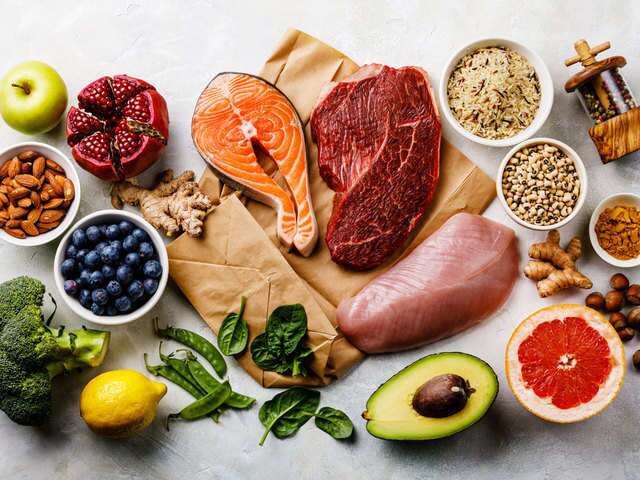Protein Intake in Households in Uganda.

RDA: Recommended Dietary Intake MIYCAN: Maternal, Infant, and Young Child and Adolescent Nutrition
HH: Household GAIN: Global Alliance for Improved Nutrition
NLFS: National Labour Force Survey
Protein is a macronutrient, like carbs and fats, which means that the body needs large quantities of it regularly. Protein is required for muscle and bone growth, repair, maintenance, and overall development. Protein is essential in our diets. The RDA of protein is determined by age, physiological state, and level of exercise. On average, individuals require 0.8g multiplied by their weight daily; however, depending on other factors, humans may require 0.75-2 grams per kilogram. Low protein intake increases morbidity and mortality.
From the recent Nutrition Situation Report (2023) on the Uganda National Panel Survey (2018/19-2019/20), animal-source foods took up the second-highest allocation of households’ food expenditure after staples (grain, root, and stem tubers) in 2018/19 (17.2% and 24.5% vs 15.8% and 25.1% respectively), in 2019/20. In comparison, the proportion of food expenditure allocation to plant protein was similar to the allocation for condiments in 2018/19 (10.8% vs 10.6% respectively), in 2019/20.
Many Ugandan households struggle to achieve their protein demands because of factors such as income, food price fluctuations, HH demographics, cultural norms, production availability, and diversity of products. According to the Global Nutrition Report, despite the Ugandan government's and partners' efforts to improve protein and micronutrient intake through (MIYCAN), no progress has been made in reducing anemia among women of reproductive age, which is caused in part by low protein intake.
Additionally, according to GAIN and UNICEF (2019), although Uganda’s agricultural sector is estimated to produce enough food to feed its entire population, HHs struggle to afford enough animal proteins. The most affordable sources of proteins are kidney beans, fresh milk, fresh fish, groundnuts, and mukene. However, according to NLFS, 2021, the average Ugandan wage is about Ugx. 250,000 where 1 kilogram of protein source ranges from Ugx. 4,000 (kidney beans) to 20,000 (Nile perch). This implies that considering other housing expenditures, an average Ugandan will not be able to afford protein-rich foods every day of the month but would rather compensate with more staples since they are more filling.
Furthermore, HH protein intake also varies on seasons and region, that is, according to Muggaga et al., household energy and nutritional demands in the Karamoja sub-region, a semi-arid location in northeastern Uganda, are only partially met by their agricultural output. According to the study, the typical family in the Karamoja sub-region obtained just 154.4 g of protein per day from their agricultural produce, less than half of the recommended quantity of 317.6 g. Cereals, legumes, and animal products were the most common protein sources in the sub-region, but their availability and consumption varied by region and season.
In conclusion, to improve HH protein intake, there is a need for a multisectoral approach to increase protein source availability and access through production, storage, transportation, distribution, and utilisation. That is, even though agricultural production is improved to large and subsidized by the government and partners to reduce prices, HHs should have the income to afford protein-rich foods.
WRITTEN BY: SENTONGO PATRICK
References
- Country Nutrition Profiles - Global Nutrition Report. https://globalnutritionreport.org/resources/nutrition-profiles/africa/eastern-africa/uganda/.
- Recommended daily allowance-based contribution of household’s own .... https://agricultureandfoodsecurity.biomedcentral.com/articles/10.1186/s40066-021-00352-3.
- The Republic of Uganda - Food and Agriculture Organization. https://www.fao.org/3/aq011e/aq011e.pdf.
Comments
No comments yet. Be the first to comment!


